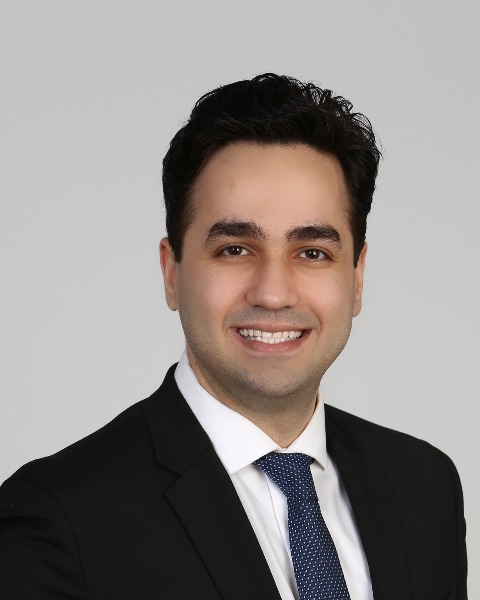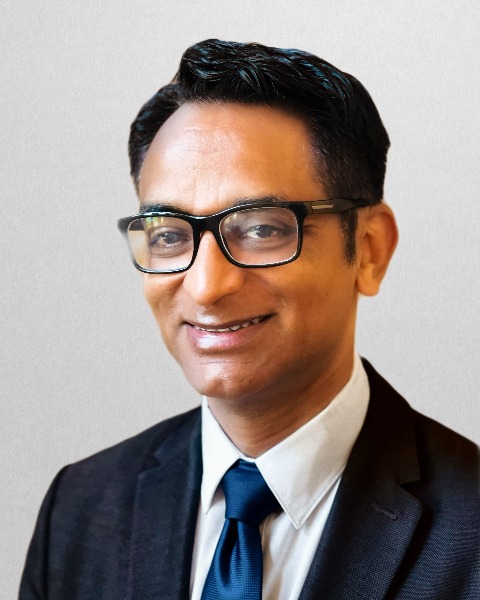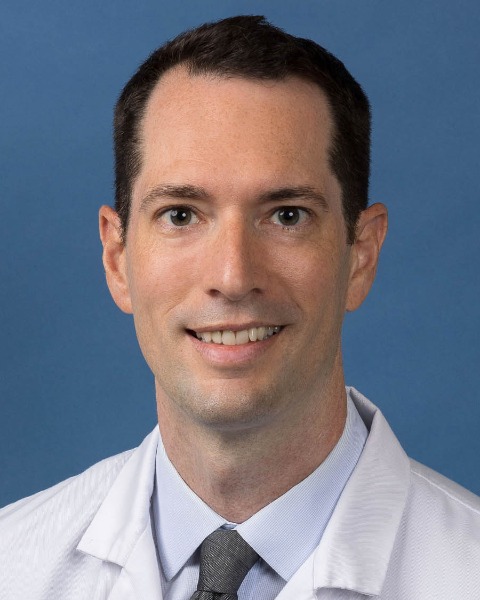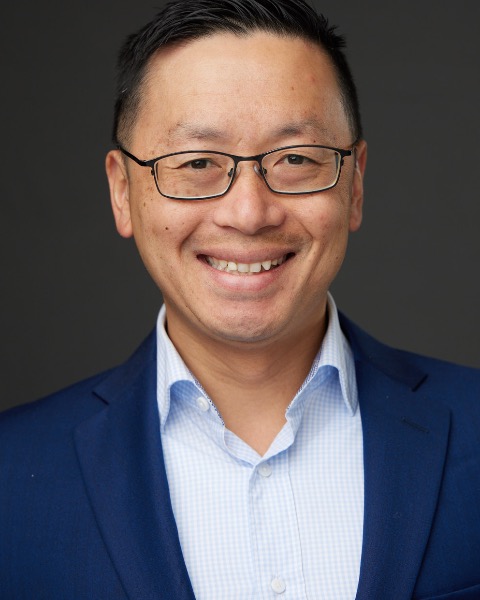SIR 2025
Transplant Interventions
Scientific Session
Correlation of Pre Locoregional Therapy Percutaneous Core Biopsy Histopathologic Grade in LI-RADS 5 Hepatocellular Carcinoma (HCC) with Post Orthotopic Liver Transplant HCC Recurrence and Survival

Pedram Keshavarz, MD
Postdoc Research Fellow
David Geffen School of Medicine At UCLA, United States- ZM
Zahra Mohammadi Goldar, MD
Postdoc Research Fellow
UCLA, United States 
Steven S. Raman, MD, FSIR
Professor of Radiology, Urology and Surgery
David Geffen School of Medicine At UCLA, United States- OP
Om Patel, None
Researcher
UCLA, United States - AS
Aarib Shahab, None
Researcher
UCLA, United States - AC
Annabel Chen, BS
Volunteer Research Assistant
UCLA David Geffen School of Medicine, United States - VA
Vatche G. Agopian, MD
Professor of Transplant Hepatology
UCLA, United States - RF
Richard Finn, MD
Professor of Medicine, Division of Hematology/Oncology
UCLA, United States 
Justin McWilliams, MD, FSIR
Professor of Interventional Radiology
David Geffen School of Medicine at UCLA, United States
Jason Chiang, MD, PhD (he/him/his)
Assistant Professor
Interventional Radiology, UCLA, United States- DL
David S.K. Lu, MD
Professor of Radiology
UCLA, United States
Presenting Author(s)
Author/Co-author(s)
This study investigates the risk of recurrent hepatocellular carcinoma (HCC) after orthotopic liver transplant (OLT) and correlates HCC differentiation from pre-OLT locoregional therapy (LRT) (PreLRTBxTD) and explant biopsies with post-OLT recurrence rates and survival, based on LI-RADS 5 and histopathology findings.
Materials and Methods: This IRB-approved and HIPAA-compliant study cohort included 449 LI-RADS 5 confirmed HCC patients (mean age, 69 ± 8.3 years; 336 men) who underwent OLT at a United States tertiary center between January 2005 and 2022. Post-OLT, patients were categorized into three subcohorts: intrahepatic recurrence (IH-R), extrahepatic recurrence (EH-R), and non-recurrence (NR). PreLRTBxTD was available for 32.7% of the cohort (147/449), subdivided into well (n = 51) and moderately to poorly tumor differentiated (TD) (n = 96).
Results: The mean overall and post-recurrence HCC (rHCC) follow-ups were 101.3 ± 28.3 months [IQR: 38, 83 months] and 35.6 ± 43.1 months [IQR: 10, 46 months], respectively. rHCC occurred in 50 patients (11.1%, 50/449) including IH-R (38%, 19/50) and EH-R (62%, 31/50). Over 75% rHCC occurred within 48 months post-OLT. Survival post-OLT for EH-R and IH-R was 81.7 ± 63.6 months and 153.6 ± 38.4 months, respectively (HR 2.64, 95%CI 1.41-4.96; p = 0.0023). Moderately to poorly differentiated PreLRTBxTD comprised 78% (39/50) of post-OLT rHCC and was associated with higher recurrence and lower survival (HR 2.93, 95% CI: 0.98-8.70; p = 0.052; HR 0.36, 95% CI: 0.11-1.17; p = 0.08). Explant histopathology showed that 80% of rHCC tumors were moderately to poorly TD, predominantly among EH-R rHCC subcohort (93.5% vs. 63.1% in IH-R), and significantly associated with worse survival rate (HR: 4.2, 95%CI 2.20-8.14; p < 0.0001).
Conclusion:
In patients with LI-RADS 5 HCC prior to OLT, poorly differentiated HCC from pre-LRT biopsy was associated with a trend toward higher rates of post-OLT recurrence and lower survival. These findings emphasize the need for improved noninvasive biomarkers to detect aggressive HCC.


.jpg)